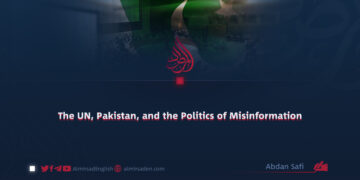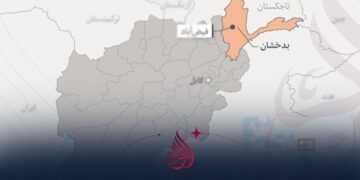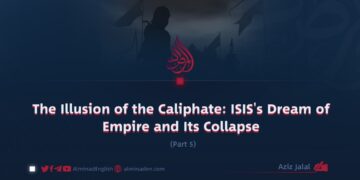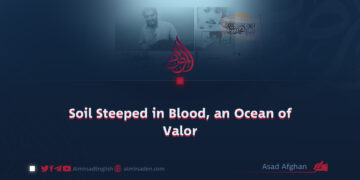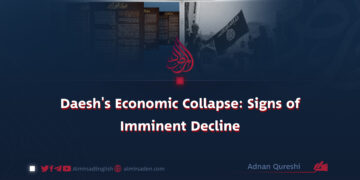Part 1
Aziz Jalal
Comparing ISIS with Other Extremist Groups
In the chaotic and unstable world that followed the events of September 11, the emergence of the group known as ISIS marked a new and alarming chapter in the history of extremism. This delusional and baseless organization was not simply another violent faction, but a phenomenon that displayed far more brutal and extreme characteristics than other extremist networks.
Unlike similar groups that typically confined themselves to guerrilla operations, ISIS pursued the establishment of a full-fledged state, clinging obsessively to the illusion of reviving a caliphate and imposing Islamic governance. The group seized large swathes of territory in Iraq and Syria, declared the creation of a “caliphate,” and, for the first time in centuries, raised the banner of governance modeled after medieval rule.
This claim, its grand delusion, and the atrocities that followed set ISIS apart from other extremist movements. Under the banner of Islam, the group committed unforgivable crimes that stripped human life of dignity and honor.
A key factor that distinguished ISIS from its counterparts was its unprecedented propaganda strategy. While many extremist groups operated in secrecy, ISIS skillfully exploited cyberspace and produced professional content to spread its violent and terrifying message worldwide.
In the modern digital age, the production of high-quality videos showcasing medieval punishments was a striking contradiction. Such content was horrifying to most viewers, yet at the same time disturbingly attractive to certain disoriented youth. By reciting verses from the Qur’an or the hadiths of the Prophet of Islam, and then twisting and distorting their meanings, ISIS issued fatwas that sanctioned executions. These acts, including the beheading of captives, were carried out publicly before the eyes of the world.
Economically, ISIS also broke with the traditional model of extremist financing. Whereas most groups relied heavily on external donations, ISIS created a self-sustaining system through bank looting, oil sales, taxation, and antiquities trafficking. This provided the group with the means to endure for a period without foreign support, enabling it to continue its campaign of violence, killings, and plunder.
Another unprecedented aspect of ISIS was its ability to attract foreign recruits on a massive scale. Reports indicate that more than 40,000 individuals from 110 countries joined the group. This wave of migration toward violence and destruction had no parallel in modern history. The composition of its forces, ranging from doctors and engineers to former criminals, demonstrated the multifaceted appeal the group held for diverse segments of society.
Yet the very features that gave ISIS global notoriety also led to its rapid collapse. Just as swiftly as it emerged and proclaimed its so-called caliphate, the group disintegrated and was consigned to history. Its delusional claim to governance and fragile economic system marked its downfall.
Ultimately, ISIS did not endure as a stable state. Instead, it entered the historical record as a unique case of organized extremism, one that left enduring lessons for analysts, policymakers, and societies worldwide.



